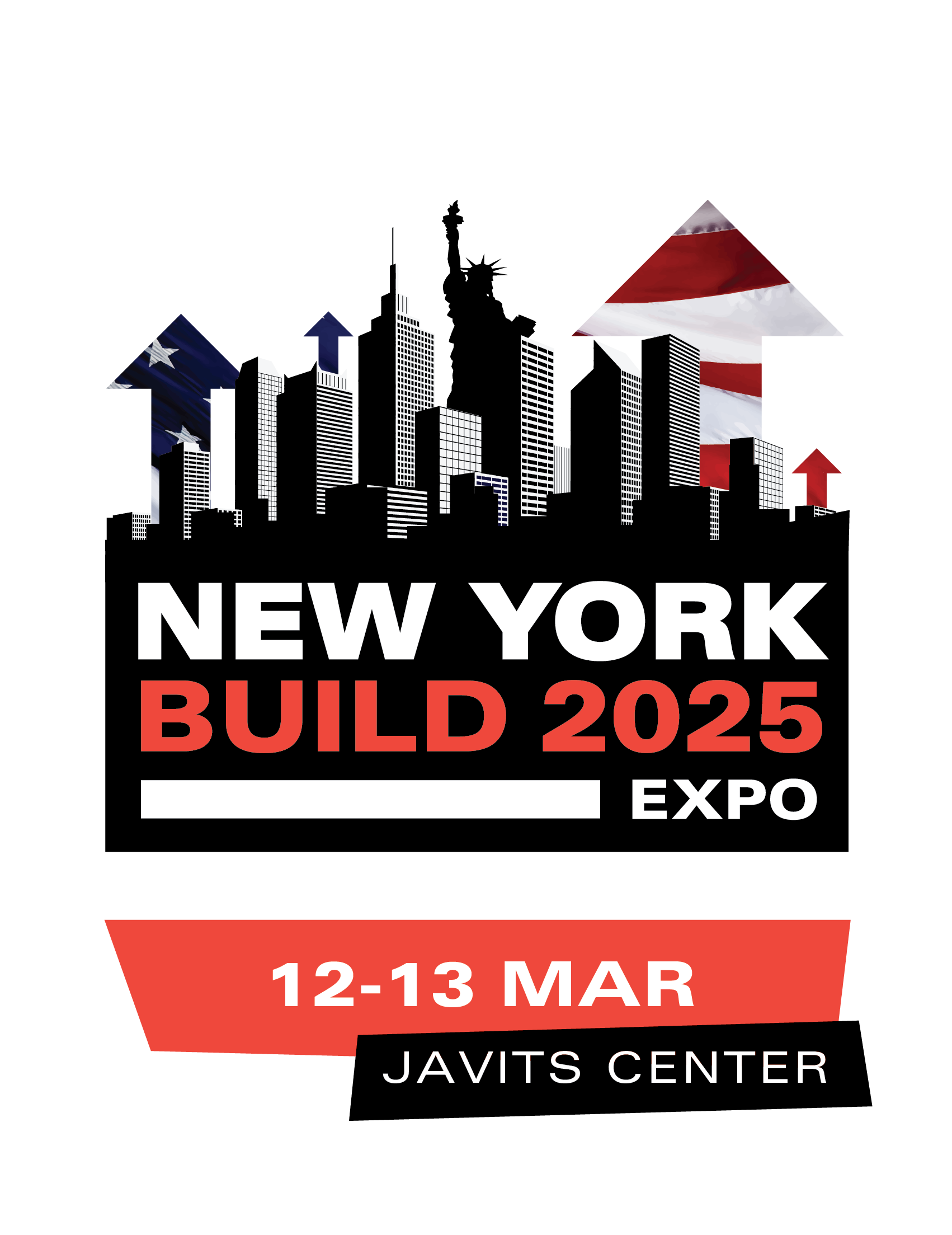The Drivers Behind The Rise In Sustainable Building
)
Over the past 20 years, there has been a dramatic rise in sustainable building in the United States with the country now recognised as a leader in green construction, writes Amanda Williams, head of environmental sustainability at the Chartered Institute of Building (CIOB).
In 2005, there were just over 3,000 buildings registered to the LEED (Leadership in Energy and Environmental Design) certification. By 2024 there were around 125,000 in the US alone.
This has been driven by City, State and Federal incentives, with zoning regulations, tax incentives, green building codes and requirements, or preferential treatment for sustainable developments all playing their part, while the Great American Rescue Plan’s focus on green investment provided a further boost.
The Inflation Reduction Act and Bipartisan Infrastructure Law are currently delivering unprecedented incentives and policy support for green buildings.
Meantime, the Biden administration and the U.S. Department of Energy (DOE) released a first-of-its-kind federal blueprint for decarbonizing U.S. buildings in 2024, addressing both operational and whole-life emissions, with targets for increasing building energy efficiency, demand flexibility, on-site emissions reduction, and minimizing embodied emissions from building materials and construction.
It laid out incremental targets for each of those areas and identifies a range of federal actions to enable the transition.
And it is not just new buildings which have been the focus of policymakers. New York City has led the way on retrofit, with Local Law 97, a groundbreaking climate change mitigation law that sets specific emissions limits for buildings over 25,000 square feet.
Coming into effect in 2024, the law aims to dramatically reduce greenhouse gas emissions from buildings in the city. Building owners are required to report emissions annually and meet specific emissions limits based on their occupancy type, with penalties for non-compliance. Buildings that don’t meet the emissions limits are required to implement retrofits to improve energy efficiency and reduce emissions.
New York is not the only city leading the way, with San Francisco, Seattle and Chicago among those also known for their leadership in the adoption of green building practices.
This is not to say that there are not challenges. Local Law 97 was met with concern and consternation initially, with residents of co-ops and condo buildings fearing the cost of compliance could bankrupt their buildings.Leaders of a group of co-op and condo buildings sued New York City over Local Law 97, claiming the mandate was unconstitutionally retroactive and the law’s excessive penalties violated due process.
Higher initial costs of green building materials and technologies are cited as a further challenge and the US is not immune to the skills gap which sees limited availability and higher costs of skilled workers in green construction.
But despite these challenges, there is no doubt that the construction of sustainable buildings has increased dramatically and the strong policy context in the US must surely now be a blueprint for other developed nations.

Written By: Amanda Williams, Head of Environmental Sustainability at the Chartered Institute of Building.
Find out more at CIOB


)